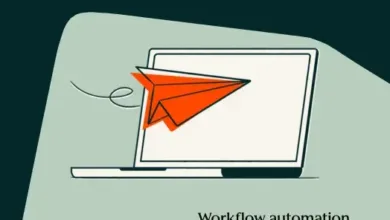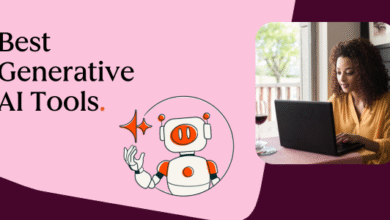Acquisition Grabs Attention, But Loyalty Drives Growth

▼ Summary
– Marketing teams often prioritize new customer acquisition over retaining existing customers, despite retention being more cost-effective and delivering stronger results.
– Customer loyalty programs require strategic planning, thoughtful segmentation, and consistent messaging but yield high conversion rates and brand equity through referrals and reviews.
– Automation tools like HubSpot and Mailchimp can streamline customer nurturing through welcome emails, follow-up check-ins, and post-purchase upsell offers to build loyalty.
– Loyalty strategies can extend beyond email to include retargeting campaigns, rewards programs, and re-engagement efforts for dormant customers, all of which are cost-effective.
– Focusing on customer retention and nurturing transforms satisfied buyers into brand advocates, improving long-term ROI and brand reputation more than acquisition alone.
While marketing teams often feel immense pressure to generate new leads and acquire customers, a truly sustainable growth strategy hinges on cultivating loyalty among the people who already buy from you. Retaining customers, and even cross-selling or upselling to them, costs significantly less and delivers stronger results than the constant pursuit of new ones. You have already earned their trust and business, making them far more likely to make repeat purchases, provide glowing reviews, and refer friends and colleagues.
This approach sounds simple in theory, so why isn’t it universally adopted? The challenge lies in the execution. Building customer loyalty requires a deliberate and strategic effort. It involves thoughtfully segmenting your audience rather than sending generic messages to everyone, and it demands a consistent schedule for your communication and nurturing campaigns. While these strategies can require an initial investment of time and potentially new technology, the long-term payoff is substantial. You will likely see conversion rates improve and brand equity soar thanks to organic word-of-mouth.
Fortunately, the financial impact is often minimal compared to large paid advertising campaigns. For smaller teams, automation makes these efforts entirely feasible. Platforms like HubSpot, Mailchimp, and ActiveCampaign come with built-in scheduling and automation features that can handle the heavy lifting.
A critical first automated touchpoint is the customer welcome and onboarding sequence. A customer’s initial experience after a purchase profoundly shapes their long-term perception of your brand. Sending a proactive email with helpful FAQs and setup tips can prevent frustration and demonstrate that you care about their success, turning a simple transaction into the start of a relationship.
Scheduling a follow-up check-in about a month after the purchase is another powerful automated tactic. A quick email or even a brief call to see how they are progressing makes customers feel valued and supported. This small gesture can elevate good service to an exceptional experience, helping to transform a satisfied buyer into a passionate brand advocate.
Once customers are comfortably using your product, you can introduce post-purchase upsell offers or loyalty discounts. Since they already trust your brand, they are far more receptive to suggestions for complementary products or exclusive deals for returning customers.
Loyalty strategies also extend well beyond the inbox. If you have any advertising budget, retargeting campaigns aimed at your existing customer lists can be a veritable gold mine. Targeting people who have already purchased from you is an incredibly efficient way to promote new products, upgrade them to premium offerings, or invite them into a VIP program. These warm audiences typically convert at a much higher rate and for a lower cost than cold traffic.
Implementing a straightforward rewards program is another low-cost option. You can offer exclusive discounts or coupons in exchange for referrals or, where permitted, for leaving online reviews. It is important to check the policies of review platforms, as some, like Yelp, prohibit incentivizing reviews.
Don’t forget about dormant customers, those who bought once but have since become inactive. A well-timed re-engagement campaign can work wonders. Try sending an email to customers who haven’t opened a message or made a purchase in over a year, offering a special discount to welcome them back. Often, they just need a gentle reminder of the value you provide.
Furthermore, customers deeply appreciate brands that offer ongoing education and support. Creating email or video campaigns that answer common questions, explain advanced features, or show creative ways to use your product builds immense trust. These efforts strengthen loyalty and firmly establish your company as a trusted authority in your industry.
In the long run, while new customer acquisition will always be important, especially for young companies, retaining, nurturing, and turning existing customers into advocates pays far greater dividends. Loyalty programs lead to easier conversions, a fortified brand reputation, and a significantly improved return on investment, making them the cornerstone of durable business growth.
(Source: MarTech)





